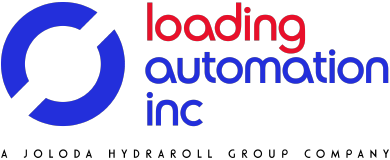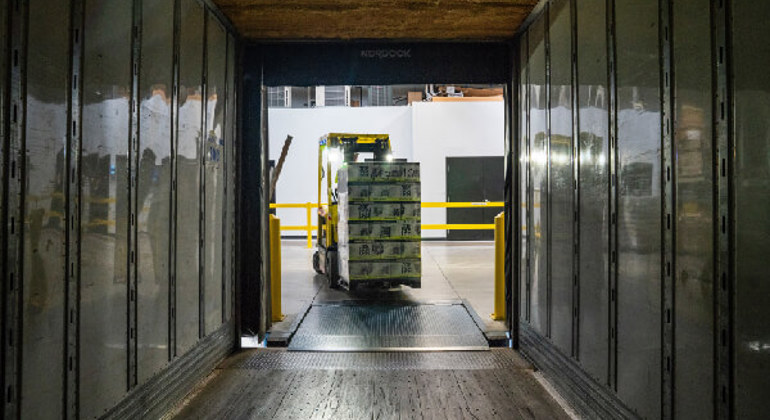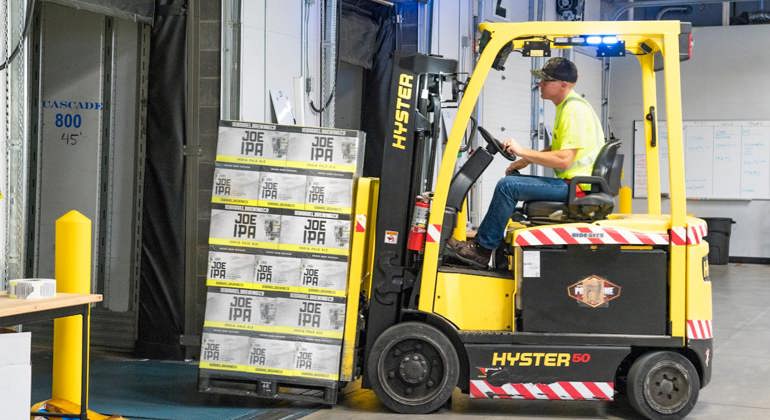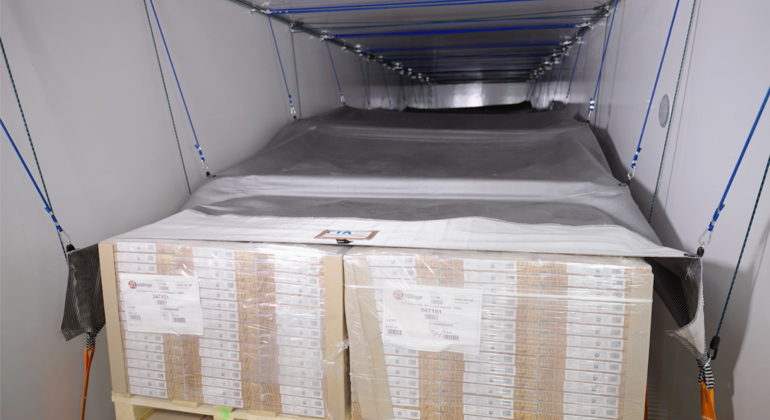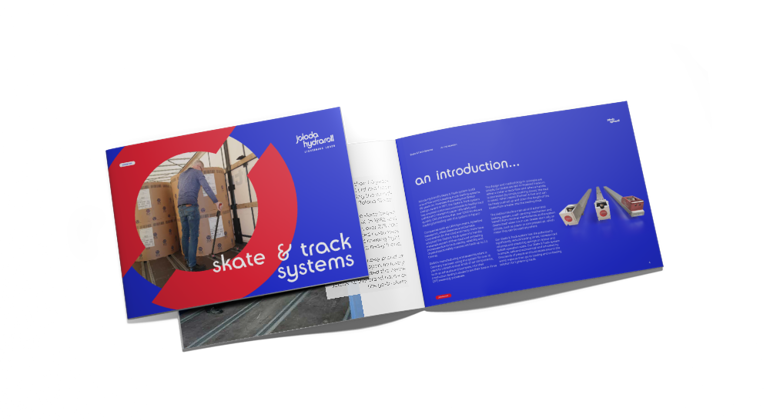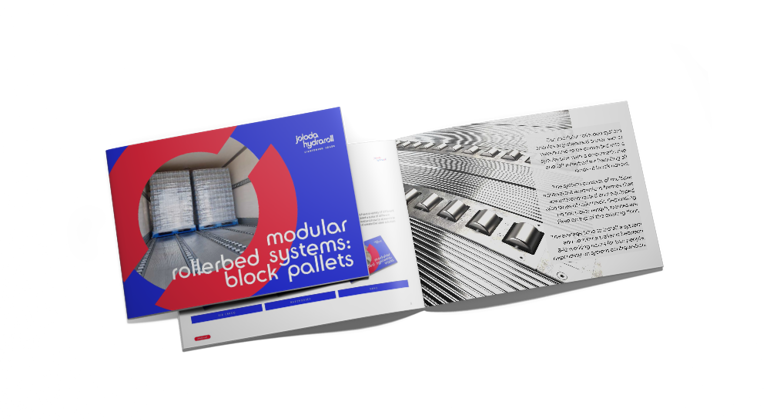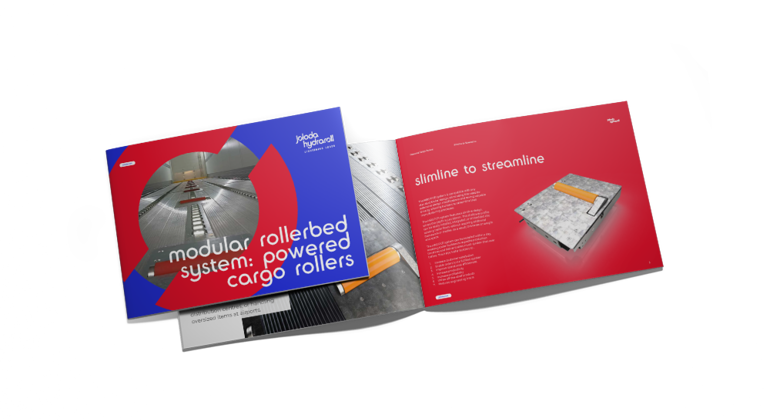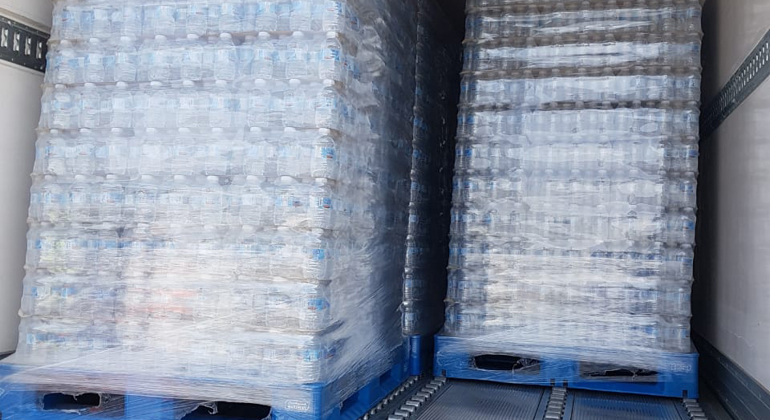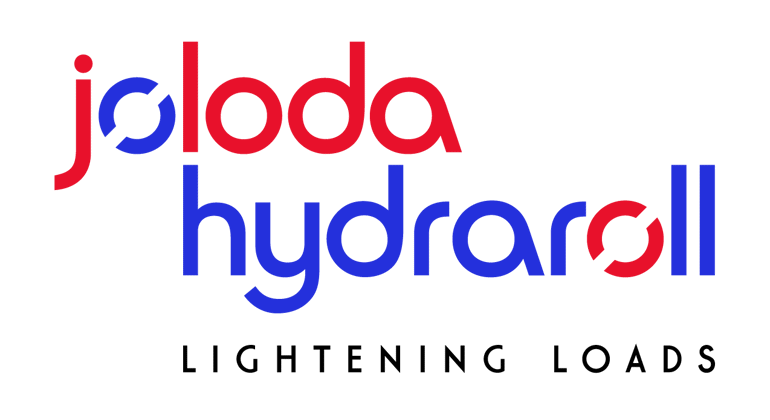In logistics, loading pallets fast has a substantial impact on your bottom line. The capacity to load pallets and unload them fast creates a quicker turnaround for vehicles. Drivers can get onto the road sooner and deliver goods to the customer on time. Quicker loading times also lower operational costs.
Below we look at common challenges when loading pallets, including stacking pallets and the related risks. We’ll look at how to load pallets safely, the benefits of using our own loading systems and how to implement them safely.
Book a FREE Loading Assessment
Learn how to make the loading process safer and more efficient with a no-obligation assessment...
BOOK NOW